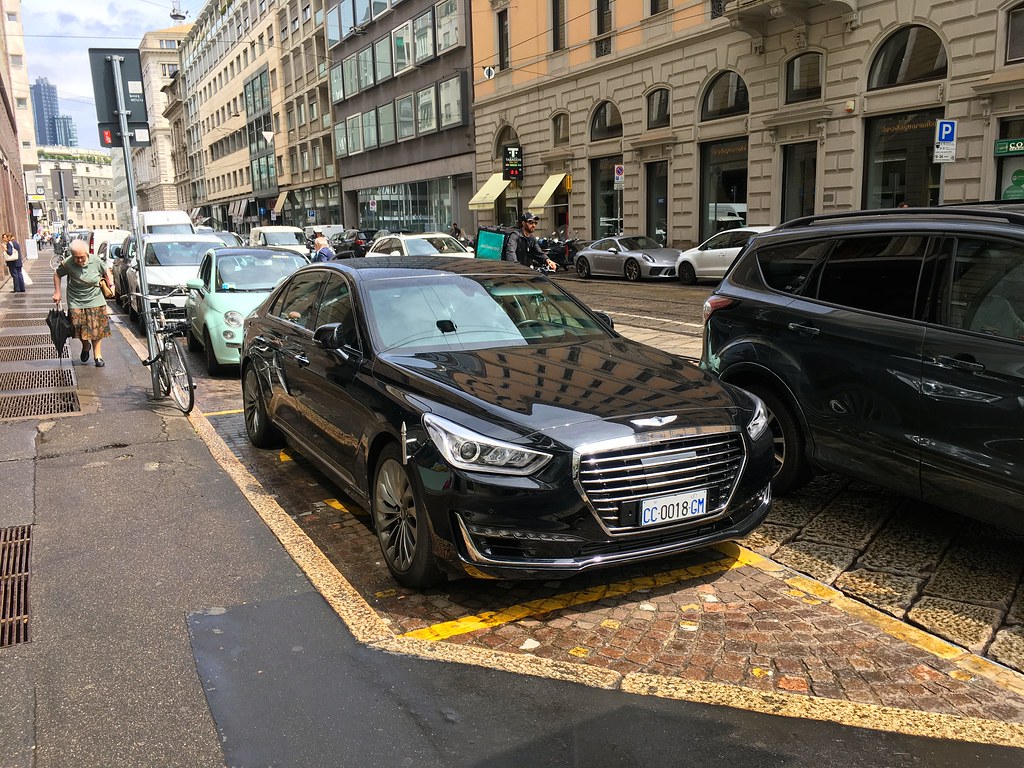
We’ve all been there: running a few minutes late, feeling the pressure mount, and instinctively pressing a little harder on the gas pedal. The thought crosses our minds, ‘just a few miles faster, and I’ll make up that lost time.’ It’s a common impulse, a deeply ingrained habit for many drivers who see speeding as a quick fix to tight schedules or simply a natural way to navigate our busy lives. But what if that perceived time-saving is largely an illusion? What if the risks far outweigh the negligible benefits?
As a society, we’ve grown accustomed to immediate gratification, and this mindset often extends to our driving habits. We crave efficiency, speed, and the feeling of making progress. Yet, the truth about speeding, backed by extensive research and grim statistics, paints a very different picture than the one many drivers imagine. It’s a compelling narrative of danger, unforeseen consequences, and ultimately, a disappointing lack of actual time saved.
This in-depth exploration will take us on a journey through the science, psychology, and harsh realities of excessive vehicle speed. We’ll delve into why the perception of saving time is fundamentally flawed, uncover the sobering statistics that reveal the deadly risks, examine how speeding fundamentally alters vehicle control, and highlight the extreme vulnerability it creates for everyone on our roads. Prepare to have your assumptions challenged as we dissect the myth of speed and unveil the profound dangers lurking just beyond the speed limit.
1. **The Illusion of Time Saved: The Truth About Your Commute**It’s a universal experience for commuters: the belief that driving faster will significantly reduce travel time. This notion is a primary motivator for many who choose to exceed the speed limit, often underestimating just how little time is genuinely gained. The desire to reach a destination quicker, whether due to impatience or being late, fuels this common misconception, leading countless drivers to embrace ‘life in the fast lane’ without truly evaluating its effectiveness.
A study conducted by the showed some enlightening scenarios that cut through this illusion. Researchers outlined various trip lengths—15, 30, 50, and 200 miles—and measured how much time would be saved by driving 10 or 20 mph above posted speed limits of 35, 50, and 65 mph. The results are quite eye-opening for anyone who believes in the significant time-saving power of speeding.
For an average one-way commute of 15 miles, the study found that speeding by 10 mph over the limit saves less than six minutes. Think about that: on a trip already less than half an hour, pushing your speed only shaves off a few minutes. Even more interesting is the finding that “the higher the speed limit is, the less time you save by speeding.” For instance, going 45 mph in a 35 mph zone (a 30% increase in speed) saves about six minutes, whereas going 75 mph in a 65 mph zone (only a 15% increase) saves merely two minutes. The diminishing returns are clear: those perceived minutes saved often evaporate into thin air, leaving us to wonder, are those six minutes truly worth the inherent dangers?

2. **The Deadly Statistics: Unpacking Speed-Related Fatalities**Despite the clear dangers and the minimal time savings, speeding remains a pervasive problem on American roads. It’s not just a minor infraction; it’s a critical factor in a staggering number of fatal crashes each year. The National Highway Traffic Safety Administration (NHTSA) consistently highlights speeding as a preventable yet deadly risk, with its impact reverberating across communities nationwide. Understanding these statistics is the first step toward recognizing the true gravity of the situation.
In 2014 alone, there were “9,262 speed related fatal crashes,” accounting for “28 percent of all crashes in the United States.” While the rate of fatal traffic crashes caused by speeding had been steadily declining since at least 2005, the numbers remain tragically high. Fast forward to more recent data, and the picture, unfortunately, remains stark. In 2020, speeding was “responsible for 29 percent of all traffic fatalities,” translating to “11,258 speed-related road fatalities.” To put that into perspective, that figure represents an average of “over 30 people per day” losing their lives due to excessive speed.
The most recent data for 2023 indicates that there were “11,775 deaths caused by speeding-related crashes,” which, while a 3.1% decrease from the previous year, is still higher than the 11,428 fatalities recorded in 2020. This consistent high percentage—with “speeding-related crashes accounted for 29% of all traffic fatalities in 2023”—underscores that speeding is not an isolated issue but a deeply entrenched factor in road deaths. These numbers are a stark reminder that the consequences of speeding are devastatingly real and far-reaching, transforming fleeting moments of impatience into irreversible tragedies.
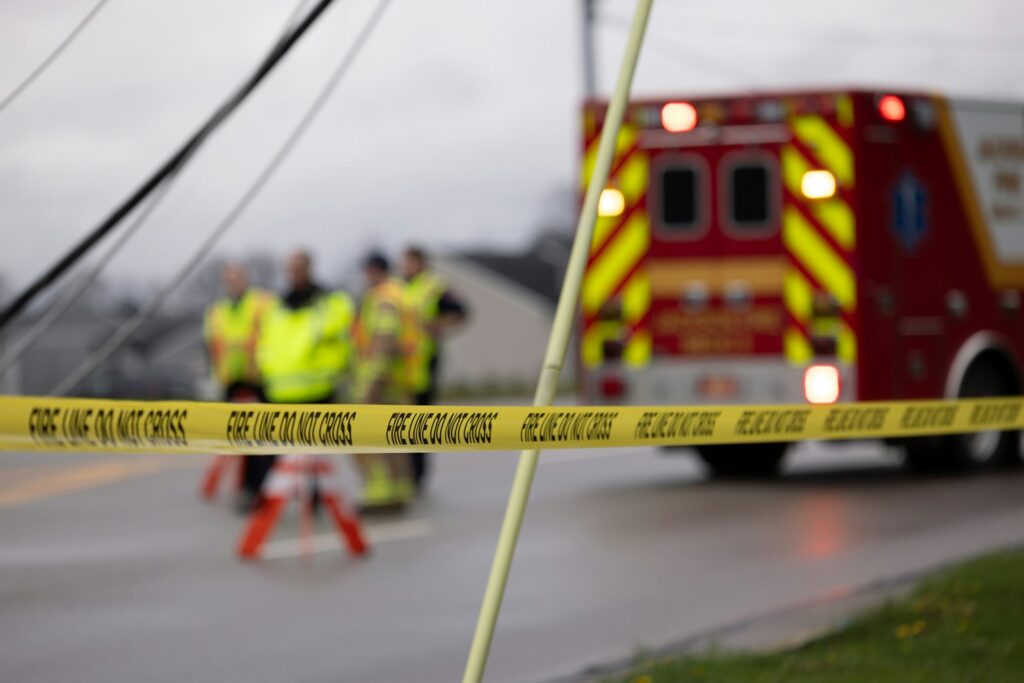
3. **Who Speeds and Where: Demographics and Dangerous Conditions**Speeding is a widespread issue, but its prevalence and impact are not evenly distributed across all demographics or driving conditions. Certain groups and environmental factors significantly increase the likelihood of speed-related incidents and fatalities. Pinpointing these patterns helps us understand who is most at risk and under what circumstances, allowing for more targeted prevention efforts and greater awareness among susceptible populations.
Statistically, “Young male drivers are statistically more inclined to have fatal speeding accidents.” The data reveals a significant disparity, with “36 percent of fatal accidents with 15-20 year old male drivers have speed as a contributing factor,” while this proportion steadily decreases with age, dropping to “just 8 percent of total accidents for drivers 75 and older.” This trend is further supported by State Farm, noting that “Half of teen drivers say they sometimes drive ten mph over the speed limit.” The Centers for Disease Control and Prevention (CDC) adds that “Teens are more likely than older drivers to speed,” and crucially, “The presence of a male teenage passenger increases the likelihood of speeding.” Alarmingly, “Having multiple teenage drivers in a vehicle makes the driver as likely to cause a fatal crash as alcohol impaired driving.”
Beyond demographics, environmental conditions play a crucial role. While we might associate speeding with clear, dry roads, the reality is more complex. “Only 18 percent of fatal speeding accidents occur in dry driving conditions,” whereas a significant “40 percent happen while roads are icy or frosty.” This highlights the extreme danger of driving too fast for conditions, even if within the posted speed limit. Furthermore, accidents are not confined to highways; “Accidents happen more often on local roads than interstates, freeways, and expressways.” Specifically, “Non interstate local, principal arterials, and minor arterials account for 63 percent of speed related traffic crash fatalities,” underscoring the risk in everyday driving environments. States like “Texas (1,284), California (991), and Pennsylvania (509)” lead in speed-related traffic fatalities, while “the District of Columbia (52 percent), New Hampshire (49 percent), and Pennsylvania (43 percent)” have the highest percentage of such fatalities relative to all traffic deaths.
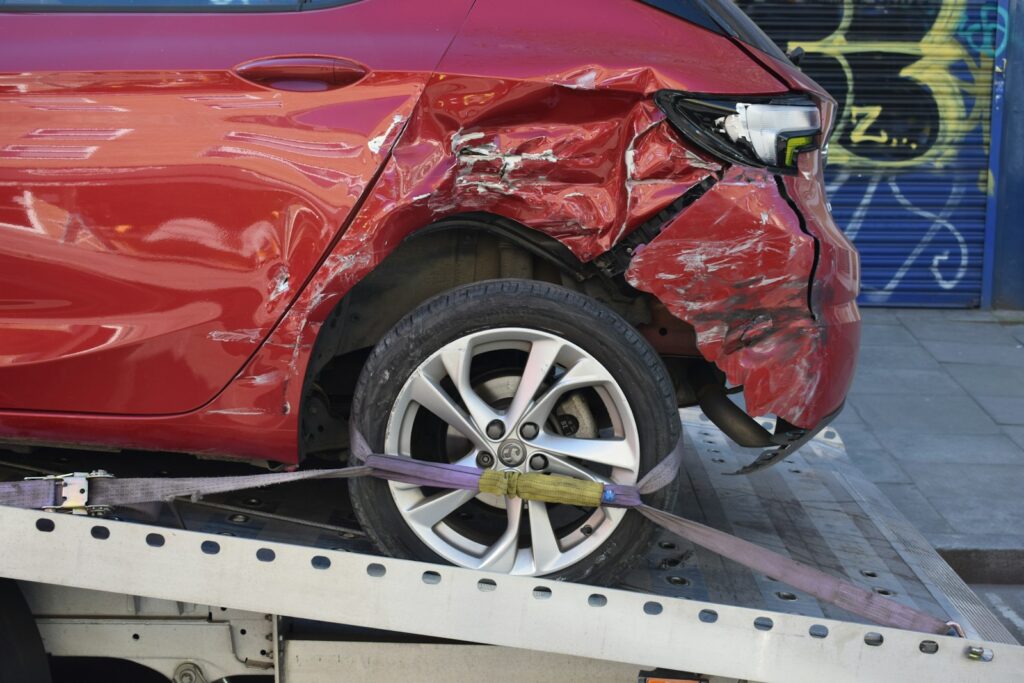
4. **The Physics of Control: Stopping Distance and Reaction Time**When we press the accelerator, we’re not just moving faster; we’re fundamentally altering the physics of our vehicle’s interaction with the road. The relationship between speed, stopping distance, and reaction time is not linear; it’s exponential, meaning even small increases in speed create disproportionately larger risks. This scientific reality is a critical, often underestimated, factor in the dangers of speeding, directly impacting our ability to respond to unexpected events.
One of the most fundamental laws of physics applied to driving is that “When you double your speed, you quadruple your stopping distance.” This isn’t something that can be overcome by exceptional driving skill; it’s an immutable truth. Consider the numbers: “At 20 mph, the average car requires about 40 feet to stop completely.” Increase that to “30 mph, and your stopping distance jumps to about 75 feet—nearly twice as far.” At highway speeds, the figures become even more alarming: “At 70 mph, you’ll need approximately 387 feet to stop—that’s longer than a football field.” This drastically reduced safety margin means less room to maneuver when a child runs into the street or a vehicle ahead stops abruptly.
Compounding the issue of increased stopping distance is diminished reaction time. The average driver takes approximately “1.5 seconds to react to a hazard.” At higher speeds, this brief window translates into significant travel distance before any braking even begins. For instance, “At 65 mph, your vehicle travels 95 feet during that reaction time alone.” This reaction window shrinks dramatically as speed increases, leaving precious little time for processing and responding. In a residential area, “at 35 mph in a residential area, you’ll travel about 77 feet before you can react to a child darting into the street.” Accelerate to “45 mph, that distance increases to about 99 feet.” Those “extra 22 feet can be the critical difference between avoiding a collision and causing a tragedy.” Moreover, distractions exacerbate this problem; even a two-second glance at a phone at 65 mph means “you’ve essentially been driving blindfolded for 190 feet,” a terrifying thought given the potential hazards.
Read more about: Driving Pro’s Ultimate Guide: Master Slippery Roads Safely with Zero Sudden Moves – Essential Tips for Every Driver

5. **Loss of Command: Vehicle Control in Emergency Maneuvers**Beyond simply covering more ground, higher speeds dramatically compromise a driver’s ability to maintain control, especially in an emergency. The intricate dance between kinetic energy, tire grip, and centrifugal force becomes dangerously imbalanced, turning what might be a recoverable situation at lower speeds into an unavoidable catastrophe. Understanding this loss of command is crucial for appreciating the heightened risk that speeding introduces into every driving scenario.
The physics are clear: “kinetic energy increases with the square of velocity.” This means that a slight increase in speed leads to a much greater increase in the energy that must be managed, particularly during sudden maneuvers. At elevated speeds, tires lose their effective grip on the road surface, making steering less precise and responsive precisely when maximum precision is required. Imagine needing to swerve sharply to avoid an obstacle; at higher speeds, “centrifugal force works against you,” pushing the vehicle outwards and making it far more difficult to keep it on its intended path.
The difference in control is stark. “A car attempting an emergency lane change at 55 mph has a significantly higher chance of maintaining control than the same vehicle attempting the same maneuver at 75 mph.” This capability to make evasive actions rapidly diminishes with speed, amplifying the risk of losing control, veering off the road, or colliding with other vehicles. This problem becomes even more pronounced and perilous when adverse weather conditions—such as rain, snow, or ice—are introduced, or when navigating curves, where the forces already challenge a vehicle’s stability. In essence, speeding drastically reduces your margin for error, leaving you with fewer options and less time to react when the unexpected inevitably occurs.

6. **The Escalating Force: Why Speed Increases Crash Severity**Even if a collision cannot be avoided, the speed at impact profoundly dictates the severity of injuries and the likelihood of survival. It’s a harsh reality that modern vehicle safety features, while life-saving, have limits that are quickly exceeded by high-speed impacts. This exponential relationship between speed and destructive force is a critical reason why speeding is so dangerous, turning what might have been a minor fender bender into a catastrophic event.
The physics of collisions reveals a frightening truth: “a crash at 80 mph releases four times more energy than a collision at 40 mph.” This isn’t a gradual increase; it’s an exponential leap in destructive potential. Most contemporary vehicles are meticulously engineered with safety features like crumple zones and airbags, but their design and testing are optimized for crashes occurring at moderate speeds. When collisions happen at excessive velocities, the sheer impact forces often overwhelm these protective systems, pushing them beyond their design capabilities. The tragic statistics confirm this: while many crashes at “35 mph is often survivable with modern safety features,” the fatality risk skyrockets with every additional 5 mph.
Furthermore, the effectiveness of your vehicle’s advanced safety features—including airbags, crumple zones, seatbelts, and electronic stability control—is severely compromised by high speeds. These systems, vital for passenger protection, “are typically tested and optimized for crashes at speeds below 40 mph.” Beyond this critical threshold, their ability to protect occupants diminishes rapidly, often leaving occupants vulnerable to severe or fatal injuries. The survival statistics are sobering: “in head-on collisions, survival rates drop exponentially above 43 mph.” A collision at “70 mph generates 306% more kinetic energy than one at 40 mph, reducing survival probability to approximately 25%.” These figures underscore why high-speed collisions frequently result in catastrophic injuries that would have been moderate at lower, more manageable speeds.

7. **Vulnerable Road Users: The Dire Threat to Pedestrians and Cyclists**While speeding poses a profound risk to vehicle occupants, its impact on vulnerable road users—pedestrians and cyclists—is particularly dire and often overlooked. For these individuals, who lack the protective shell of a vehicle, even slight increases in speed dramatically alter their chances of survival in a collision. The relationship between vehicle speed and pedestrian survival is one of the most compelling arguments for stricter speed management, especially in areas where people are on foot or bicycle.
The statistics illustrating the risk to pedestrians are stark and unforgiving. At “25 mph, pedestrians have a 90 percent chance of avoiding death.” However, this margin of safety erodes rapidly with increased speed. At “31 mph, a pedestrian has approximately a 92% chance of survival.” But increase that speed by just a single mile per hour to “32 mph, and survival probability drops to about 75%.” The odds become terrifyingly even at “42 mph, the odds of survival are roughly 50/50.” The AAA Foundation further quantifies this danger, stating that “At 50 mph, the average risk of death goes up to 75% and reaches 90% at 58 mph.” These numbers are a chilling reminder that for those outside a vehicle, a few extra miles per hour can be the difference between life and death.
Recent data from NHTSA delivers an alarming insight: “most pedestrian fatalities occur at legal speed limits.” This suggests that even posted limits may be excessively high in urban and residential zones, where interactions between vehicles and pedestrians are frequent. For cyclists, the situation is similarly precarious, with “fatal outcomes becoming increasingly probable at speeds above 30 mph.” This extreme vulnerability of non-motorized road users highlights why managing speed is not just about protecting drivers, but critically about safeguarding every individual who shares our roads. It demands a heightened sense of responsibility from drivers, especially in environments where pedestrians and cyclists are prevalent.

8. **The Mindset of the Accelerator: Understanding Why Drivers Speed**It’s easy to judge, but understanding the root causes behind speeding can illuminate pathways to safer driving. Many drivers consciously or unconsciously exceed speed limits for a variety of deeply ingrained psychological reasons, often rooted in personal perceptions, societal norms, and even immediate emotional states. This isn’t just about breaking a rule; it’s about a complex interplay of human behavior.
A primary motivator is the belief that speed limits are simply unnecessary, or that one’s personal driving skill can safely override them. Some drivers operate under the assumption that exceeding the posted limit by a small margin, say 5 to 10 mph, is not “real” speeding and therefore harmless, especially since law enforcement often doesn’t intervene unless speeds are significantly higher. There’s a confidence, sometimes overconfidence, in one’s own abilities to handle the vehicle at higher velocities.
Beyond self-perception, external factors play a huge role. Many drivers admit to speeding to reach their destination quicker, driven by impatience or the pressure of being late. There’s also a powerful social influence; the feeling of needing to “keep up with the flow of traffic,” even if that flow is already above the legal limit, can be incredibly compelling. This herd mentality normalizes risky behavior, making it feel acceptable, or even expected, to drive faster than posted.
Disturbingly, speeding can also be a symptom of aggressive driving, where drivers don’t care about traffic laws or are intentionally driving aggressively. NHTSA’s research categorizes drivers into non-speeders (30%), sometimes-speeders (40%), and frequent speeders (30%), noting that frequent speeders are significantly more prone to other dangerous actions like tailgating or running red lights. This suggests that speeding isn’t always an isolated act, but often a gateway to broader patterns of risky road behavior.

9. **The Perceptual Toll: How Speeding Affects Driver Cognition**Beyond the immediate urge to go faster, speeding fundamentally alters a driver’s cognitive processes and perception, creating a less safe and more stressful environment behind the wheel. It’s not just about what you *do* with the car, but what speed *does* to your brain. This internal shift significantly impairs decision-making and hazard recognition.
When traveling at high speeds, drivers experience increased stress and a heightened cognitive load. This physiological response elevates heart rate, blood pressure, and breathing, which, while feeling like alertness, actually impairs the clear thinking crucial for safe driving. The brain is forced to process more information in less time, leaving fewer mental resources for critical tasks and making drivers more susceptible to overwhelm and poor choices, particularly in unexpected situations.
A well-documented phenomenon known as “tunnel vision” also emerges as speed increases. Your visual field narrows, meaning you are less likely to notice important hazards or events in your peripheral vision, such as a child on the sidewalk or a vehicle merging from a side street. NHTSA research has shown that frequent speeders often display impaired judgment, missing signals or dangers that would be easily discernible at slower, more manageable speeds.
This reduction in hazard perception isn’t something that can be overcome by experience; it’s a fundamental human cognitive limitation. Even a brief two-second glance at a phone at 65 mph means you’ve essentially driven blindfolded for 190 feet. The combination of increased stress, cognitive overload, and tunnel vision means that at higher speeds, drivers are not only moving faster but are also less equipped to detect and respond to the very dangers that speed exacerbates.
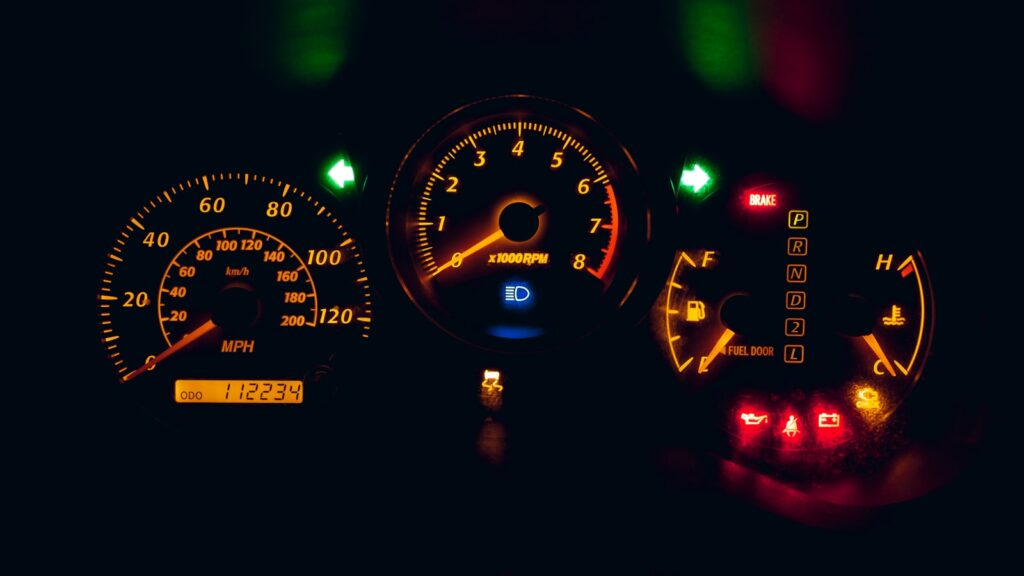
10. **Facing the Music: The Legal Repercussions of a Heavy Foot**The thrill of speed can quickly turn into the grim reality of legal consequences, impacting drivers far beyond the immediate moment of acceleration. Speeding isn’t just a minor inconvenience; it carries a spectrum of legal penalties that vary widely, but uniformly escalate in severity with the degree to which speed limits are violated. These repercussions can profoundly affect one’s freedom and financial stability.
While basic speeding violations are typically classified as infractions, carrying fines that can quickly add up with court fees and assessments, particularly for moderate infractions, the stakes rise considerably with excessive speeds. Many jurisdictions consider driving 25 miles per hour or more over the limit a misdemeanor offense. This elevated charge can introduce the possibility of jail time, substantially steeper fines, and a more significant criminal record that could have long-term implications for employment and housing.
In the most extreme scenarios, particularly when speeding is coupled with reckless driving or attempts to elude law enforcement, charges can escalate to felonies. Such severe violations carry the potential for considerable incarceration and enduring societal consequences. These are not mere slaps on the wrist; they are serious legal entanglements that underscore the judiciary’s view of excessive speed as a grave threat to public safety.

11. **The Expensive Habit: Financial and Economic Consequences**Beyond the immediate legal fines, the financial fallout from speeding extends into almost every aspect of a driver’s economic life, creating a costly habit that far outweighs any perceived time savings. The price tag attached to a lead foot is far higher than most realize, affecting everything from personal insurance rates to broader societal budgets.
A single speeding ticket can trigger a substantial increase in insurance premiums, often lasting for three to five years. The financial hit is not trivial, with average premium hikes ranging from 20-30% for a first offense. Over the years a violation remains on one’s driving record, this can accumulate into thousands of dollars in additional expenses, turning a momentary lapse in judgment into a prolonged financial burden.
Multiple speeding violations compound this issue exponentially, frequently leading to a classification as a high-risk driver. This designation can double or even triple insurance premiums, making coverage prohibitively expensive. In some cases, insurance providers may even refuse coverage altogether, forcing drivers into specialized high-risk insurance pools where premiums are astronomical, further cementing the financial repercussions of poor driving choices.
The economic impact of speeding isn’t confined to individual drivers. Speeding costs almost exactly as much as drunk driving, with both behaviors racking up $59.1 billion and $59.4 billion respectively in economic costs. These staggering figures represent a significant portion of the total economic costs from crashes. These collective costs—for emergency response, healthcare, property damage, and insurance claims—are ultimately absorbed by all citizens, whether through higher taxes or increased service costs.
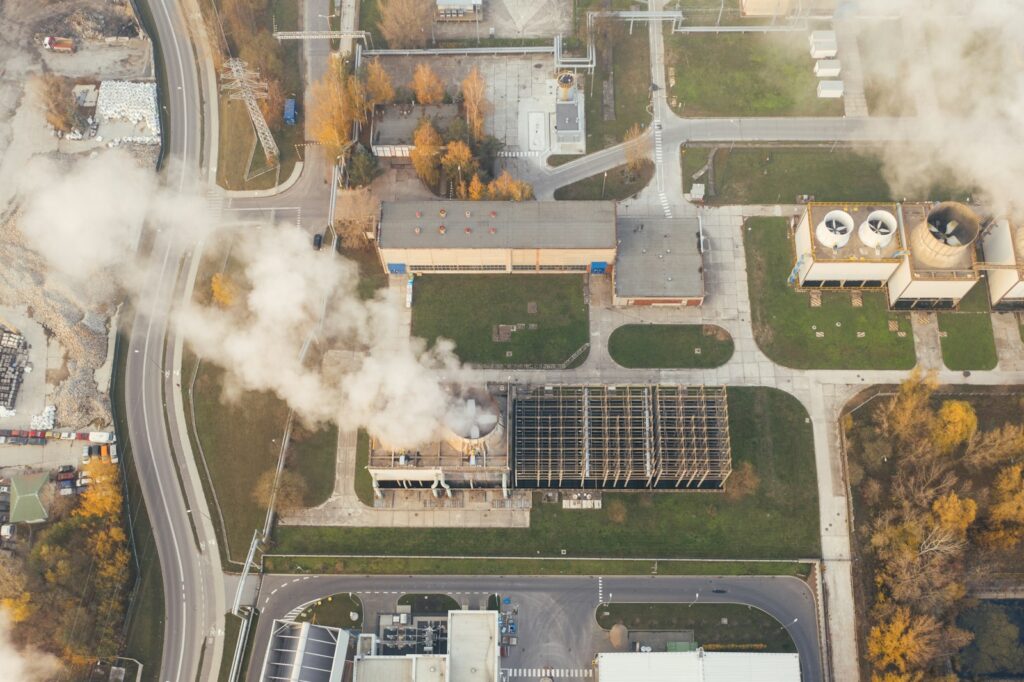
12. **A Wider Impact: Environmental and Societal Costs**The repercussions of speeding ripple far beyond individual drivers, extending into the broader fabric of our environment and society, impacting air quality, infrastructure, and community well-being. This behavior, often seen as a personal choice, actually carries a significant public burden that affects us all.
Environmentally, speeding is a major contributor to increased fuel consumption and higher emissions. The simple physics of vehicle aerodynamics dictate that wind resistance increases exponentially with speed. Most passenger vehicles achieve optimal fuel efficiency around 50-55 mph; exceeding this significantly reduces efficiency, by approximately 7-14% for every additional 5 mph on highways. In urban settings, aggressive acceleration and speeding can slash efficiency by 5-30%.
This drop in fuel economy directly correlates with elevated emissions of carbon dioxide, a primary greenhouse gas. Moreover, nitrogen oxide and particulate emissions—both critical air pollutants—increase disproportionately at higher speeds. The cumulative effect of millions of vehicles operating inefficiently due to speeding contributes substantially to air pollution, posing a widespread environmental challenge that impacts public health and climate goals.
From a societal perspective, speeding-related crashes impose immense economic costs, encompassing direct expenses like emergency services, medical care, and property repair. The National Safety Council estimates that the economic cost of speed-related crashes in the U.S. surpasses $52 billion annually. These substantial costs are ultimately passed on to the public through higher insurance premiums, increased healthcare expenses, and tax-funded emergency and infrastructure services, making speeding a burden on everyone, not just those directly involved in an incident.

13. **Paving the Way to Safety: Strategies and Technological Solutions**Thankfully, mitigating the dangers of speeding is not an insurmountable challenge, with a combination of individual responsibility, smart strategies, and innovative technology offering promising pathways to safer roads. This multi-faceted approach recognizes that effective change requires both personal commitment and systemic advancements.
On a personal level, drivers can adopt several practical strategies to manage their speed. Utilizing cruise control on highways helps maintain a consistent, safe speed, reducing the temptation to creep above the limit. Planning trips with extra time alleviates the pressure to rush, transforming stressful commutes into more relaxed journeys. Actively noting and adhering to posted speed limits, understanding they are set with safety in mind, is fundamental. Resisting the urge to keep pace with speeders and avoiding intimidation from tailgaters are crucial defensive driving habits that prioritize safety over perceived social pressure.
Beyond individual actions, comprehensive approaches are being implemented by organizations like NHTSA, focusing on three key pillars: education, enforcement, and engineering. Education campaigns raise awareness about speeding dangers, while data-driven enforcement helps to deter violations. Engineering solutions, such as installing roundabouts, implementing “road diets” to narrow lanes, and adding speed bumps, have proven highly effective in physically reducing speeds in problem areas and making roads inherently safer.
Looking to the future, innovative technological solutions like Intelligent Speed Assistance (ISA) hold immense potential. ISA systems use GPS data and digital maps to inform drivers of speed limits, ranging from passive displays and audible alerts to active accelerator resistance or even mandatory speed compliance. Unlike simple speed governors, ISA adapts to local limits, offering a dynamic and responsive way to help drivers stay within safe boundaries, representing a significant leap forward in proactive speed management. Ultimately, a cultural shift that views speeding as a serious safety issue rather than a minor infraction is perhaps the most important strategy, paving the way for truly safer roads for all.
As we’ve journeyed through the science, psychology, and harsh realities of excessive vehicle speed, it becomes unequivocally clear: speeding doesn’t save you time. Instead, it exponentially increases risk, exacts a heavy toll on our lives, our wallets, our environment, and the very fabric of our communities. The illusion of a quicker arrival dissolves into the stark reality of increased stopping distances, diminished control, catastrophic crash severity, and profound threats to vulnerable road users. By understanding these truths and embracing proven strategies, from mindful driving habits to intelligent technological aids, we can collectively steer towards a future where our roads are safer, our air is cleaner, and the only thing we’re truly gaining is peace of mind. Let’s choose safety over speed, and arrive alive.




